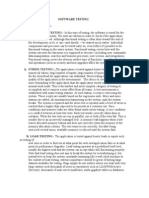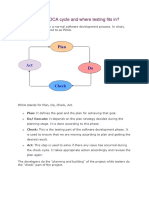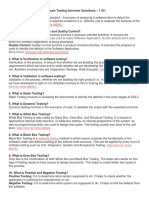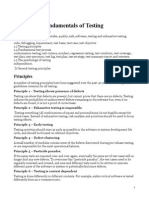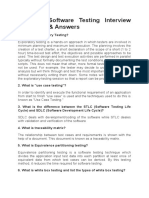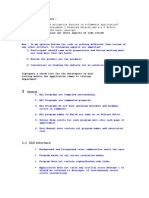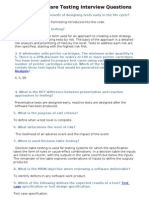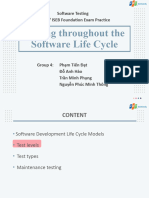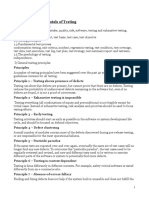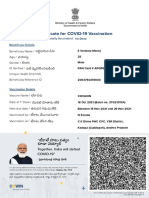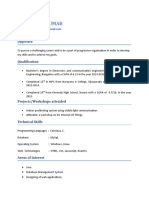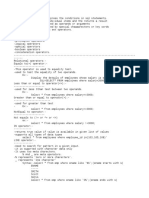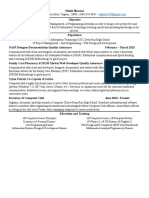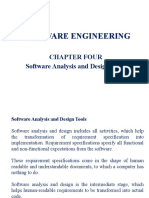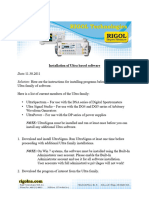0% found this document useful (0 votes)
113 views15 pagesSoftware Testing Strategies
The document discusses different types of testing: formal testing using pre-defined test cases, ad-hoc testing with more freedom and less documentation, and exploratory testing which takes a more systematic approach than ad-hoc testing. It provides scenarios to illustrate when each approach would be best to use. Formal testing is best for critical applications or when requirements are clear. Ad-hoc testing works well for experienced testers or when quick defect finding is priority. Exploratory testing combines ad-hoc testing freedom with supervision and charters to guide the process.
Uploaded by
venkat manojCopyright
© © All Rights Reserved
We take content rights seriously. If you suspect this is your content, claim it here.
Available Formats
Download as DOCX, PDF, TXT or read online on Scribd
0% found this document useful (0 votes)
113 views15 pagesSoftware Testing Strategies
The document discusses different types of testing: formal testing using pre-defined test cases, ad-hoc testing with more freedom and less documentation, and exploratory testing which takes a more systematic approach than ad-hoc testing. It provides scenarios to illustrate when each approach would be best to use. Formal testing is best for critical applications or when requirements are clear. Ad-hoc testing works well for experienced testers or when quick defect finding is priority. Exploratory testing combines ad-hoc testing freedom with supervision and charters to guide the process.
Uploaded by
venkat manojCopyright
© © All Rights Reserved
We take content rights seriously. If you suspect this is your content, claim it here.
Available Formats
Download as DOCX, PDF, TXT or read online on Scribd
/ 15






